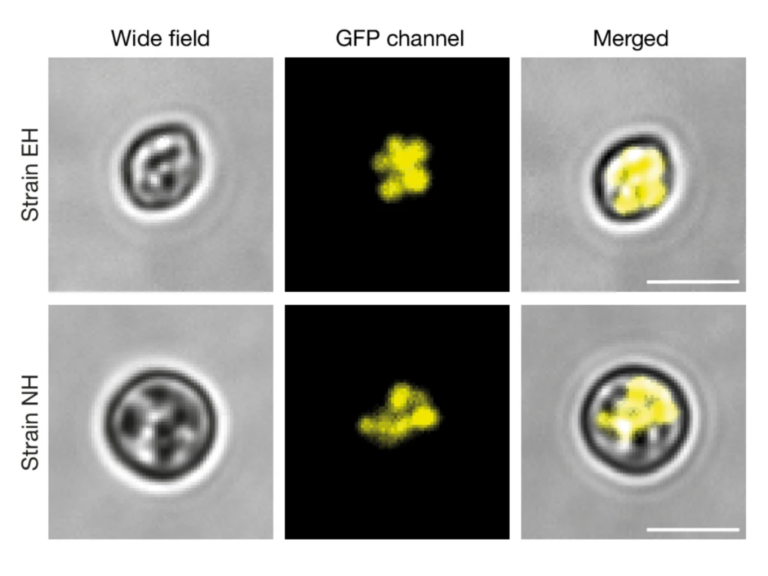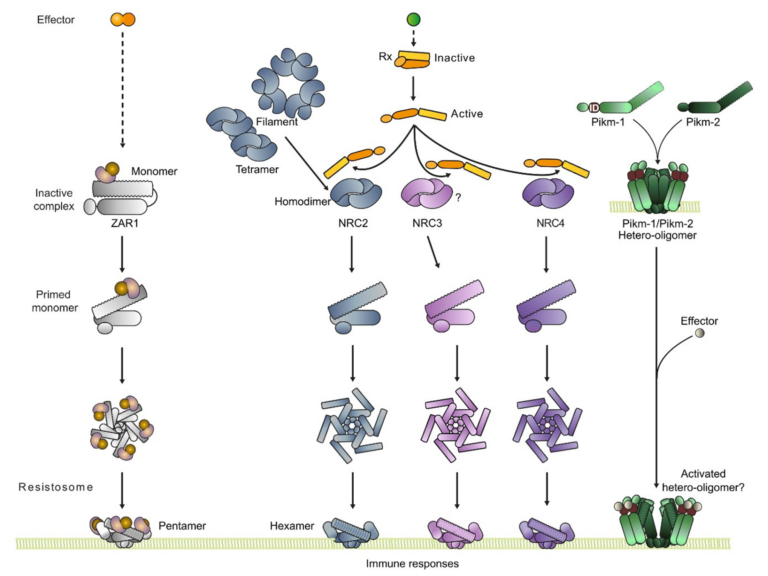Sowing Symbiotic Success: Defining the Role of O-Antigen Polymerase in a Legume-Rhizobia Interaction
Root nodule symbiosis between legumes and rhizobia is a potential long-term solution for reducing dependency on inorganic fertilizers, contributing to sustainable agriculture (Tiwari et al. 2021). Researchers are trying to decipher the molecular dialogue that initiates the legume-rhizobia interaction, in pursuit of engineering this legume nitrogen-fixing machinery into cereal crops. Several molecules, such as Nod factors and bacterial effector proteins, exopolysaccharides, and lipopolysaccharide (LPS), are key regulators of root nodule symbiosis. Rhizobial LPS inhibits the legume defense response and is required to form infection threads, thereby helping rhizobial accommodation within the host cells (Bourassa et al. 2017; Scheidle et al. 2005).


